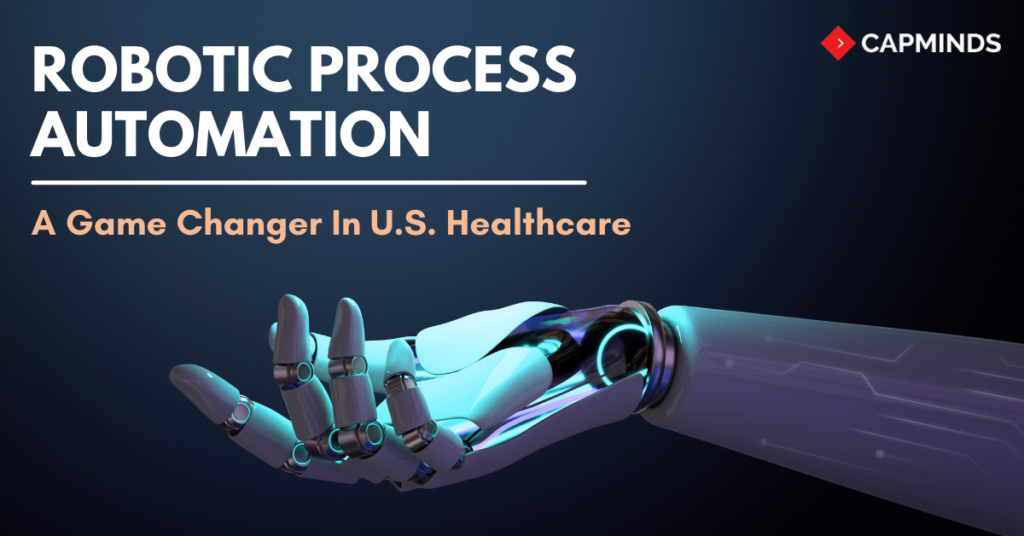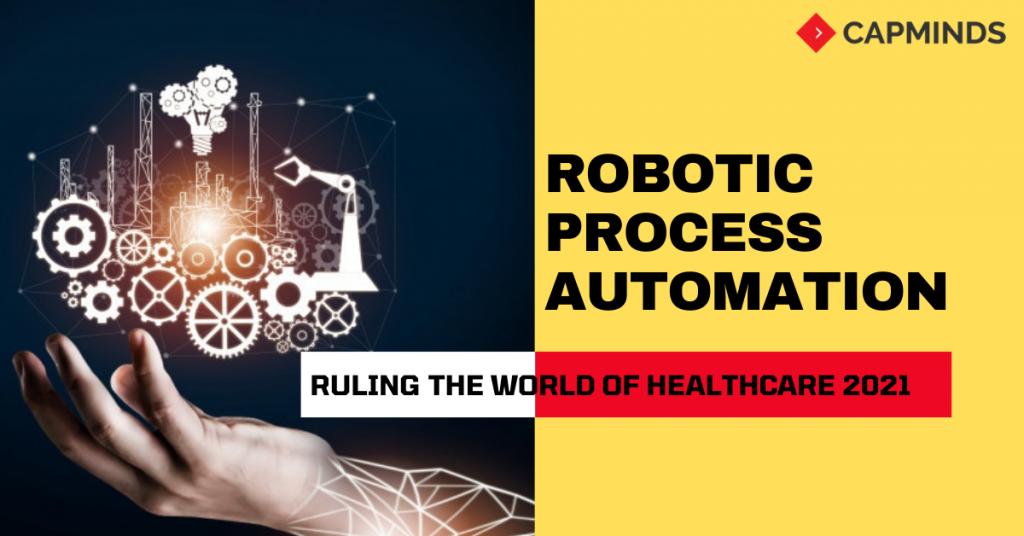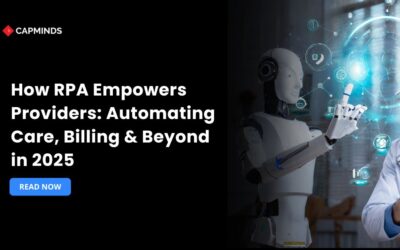Robotic Process Automation: A Game Changer In U.S. Healthcare
The adoption of robotic process automation (RPA) in healthcare has attained drastic growth during the COVID-19 pandemic, which increased the need for faster and more accurate healthcare automation. In this article, we describe to you how RPA can be effective in today’s healthcare.
The need for Robotic Process Automation
U.S. healthcare spending greatly exceeds those of other developed countries. The urge to reduce the total healthcare costs is countered by the need to improve the patient experience and meet the regulation. This is considered to be more tedious due to huge paper works and reporting.
Robotic process automation (RPA) is one of the trending automation technologies that use tools to minimize the regular processes in healthcare and back-office works of heath teams.
In the healthcare sector, most of the regular processes and decisions depend on the availability of accurate healthcare data. Where RPA can be used correctly? Most of the tedious tasks can be easily handled by Robotic Process Automation and here is where RPA is needed to increase efficiency, reduce costs and improve the patient experience.
- Healthcare data entry
- Medical billing and claim processing
- Appointments management and patient follow-ups
- Generating reports for physicians
- Prescription management
Using the potential of automation and RPA, healthcare practitioners can address these concerns and improve patient satisfaction by making healthcare systems and processes more efficient and faster. Healthcare is still lagging in the adaptation of technology and hence eliminating inefficiencies would result in better healthcare delivery, which is beneficial to both the sector and the general population.
RELATED: THE TOP CHALLENGES OF RPA IMPLEMENTATION
Incredible ways where RPA can be used in healthcare
Scheduling of patients:
Patients can arrange appointments without intervention by hospital staff with the participation of robotic process automation technology. This application can also improve customer relations, along with eliminating a need for resource allocation for scheduling, as patients can organize appointments more quickly.
Online scheduling can be simplified by software robots. The information received via the application can be gathered in a report and sent to the referral management representative who makes the appointment.
Management of claims:
The billing takes time following the provision of a healthcare service because of manual and repetitive tasks in claims management. Claim management includes processes such as documents and data input, processing, and evaluation.
RPA-driven claims management can also remove human errors during claim processing alongside automated time-intensive tasks. Studies show that the majority of false claims among the other American insurance frauds is Medicare/Medicaid insurance fraud.
The document digitization process:
RPA can use intelligent document processing (IDP) to prepare and ingest documents — related to anything from health records to insurance claims — into a larger repository for storage or use.
Extraction of data:
Health care is paper-based and requires digital transformation. Patient information is digitized by healthcare providers so that other doctors and the patients themselves can electronically store it online. RPA bots can automate the process of extracting data from legacy systems into the digital system. And then another RPA bot may handle the migration process when migrating data for a different purpose, e.g. medical research.
Communications:
In healthcare, as in any industry, RPA can be used to automate communications like responses to inquiries on the website, first-line calls to customer service, front-line administrator queries, and email blasts to patients, vendors, and staff.
Clinical Decision Support:
Various medical data can be collected by RPA bots. To provide accurate diagnosis and better patient care without restricting the rules of confidentiality, for example, RPA bots may transfer patient data into third-party health analytics services.
This is yet another positive result of the continuous monitoring of records, made possible by improving RPA data analytics. Analysis of comprehensive data increases the probability of a precise diagnosis leading to careful treatment strategies. In addition, doctors who do not have to track very large amounts of data manually because they have to do so can spend more time caring for and helping their patients. This again shows a paradoxically humanistic result of RPA deployment – that technology makes people important.
Compliance with regulations:
The RPA allows healthcare providers to track and document every step of the process in structured log files so that external audits are carried out by the company. Since the bots are used for these processes, the processes have zero defects and also improves the privacy of data.
Remote care:
RPA and bots can be used to automate repetitive customer service and remote care activity, with machine learning and intelligent automation (IA) providing the ability to address repetitive questions with consistency and expediency. RPA can also be used in follow-up for remote care, following business rules to deliver specific communication at certain steps in the patient care plan.
Transform your healthcare practice with the power of automation
CapMinds provides the best Robotic Process Automation services to healthcare practices and clinics. Our expert guidance and RPA tools enable faster, smarter, and stronger performance on an organization’s healthcare automation.
Image source Credit: https://claudeai.wiki/





